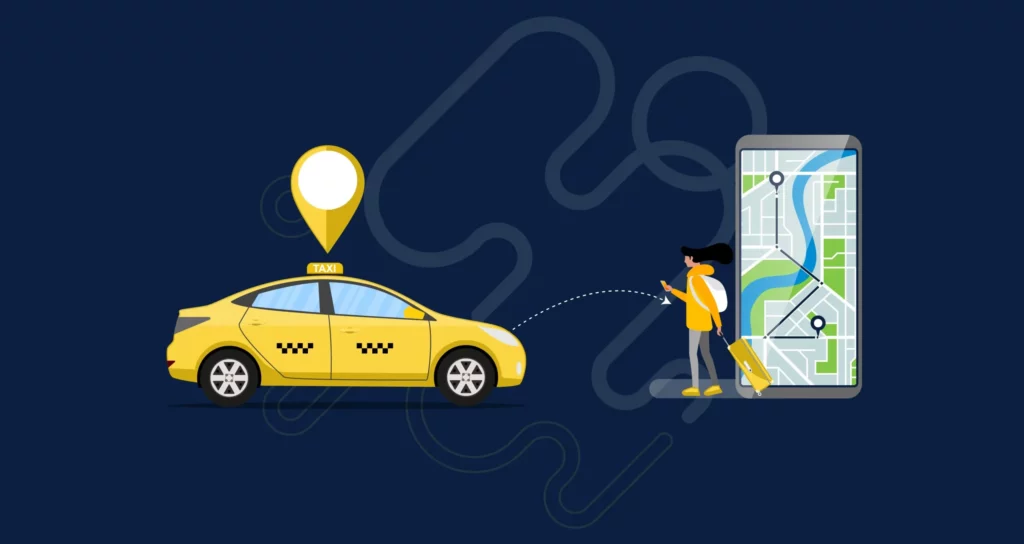Introduction
In the realm of transportation, Malaysia is experiencing a paradigm shift driven by the keywords “driver,” “taxi,” and “ride.” This article delves into how these keywords are interwoven in the fabric of Malaysia’s evolving transportation landscape, reshaping the way people move within the nation’s urban centers.
The Driver-Centric Transformation
Central to this transformation is the concept of the “driver.” No longer confined to the role of traditional taxi operators, individuals are becoming more than just drivers – they’re providers of convenient, on-demand mobility. With ride-hailing platforms and taxi apps gaining traction, anyone with a vehicle can step into the role of a “driver” and offer rides to those in need.
Taxi Evolution in the Digital Age
In Malaysia, the “taxi” has undergone a digital makeover. Traditional taxi services are no longer the only option; they now coexist with tech-driven alternatives. Taxi operators are adapting to the digital landscape by integrating technology and partnering with ride-hailing platforms. This evolution has transformed the perception of taxis from mere vehicles to integral components of a larger mobility network.
Seamless Rides on Demand
The advent of ride-hailing services has redefined the concept of a “ride.” Through the use of smartphone apps, Malaysians can now request a “ride” at their convenience. The fusion of “rides” and technology has ushered in an era where mobility is just a few taps away. Real-time tracking, cashless transactions, and the ability to review drivers contribute to a seamless and user-centric experience.

Economic Empowerment and Flexibility
The modern transportation landscape has empowered individuals to transcend their roles as mere passengers. Through the role of a “driver,” many Malaysians have found new economic opportunities. Becoming a “driver” offers flexibility and a chance to participate in the burgeoning gig economy, particularly appealing in a nation with a diverse range of employment needs.
Navigating Challenges
While the transformation brought by “drivers,” “taxis,” and tech-driven “rides” is undeniable, challenges persist. Regulatory frameworks must adapt to accommodate this new paradigm, ensuring fair competition and passenger safety. Additionally, the expansion of digital services faces the task of bridging the digital divide, ensuring that all Malaysians can access these innovations.
The Urban Mobility Landscape
The synergy between “drivers,” “taxis,” and digital “rides” is shaping urban mobility. Traffic congestion and environmental concerns are compelling urban planners to reconsider how people move within cities. The shift towards shared “rides” facilitated by tech platforms has the potential to reduce the number of vehicles on the road, contributing to more sustainable and efficient urban environments.
Looking Ahead
The journey of “drivers,” “taxis,” and “rides” in Malaysia has just begun. As technology continues to advance, the integration of electric vehicles, autonomous driving, and more sophisticated platforms is on the horizon. The future of transportation in Malaysia holds the promise of further innovation, creating a more connected, accessible, and eco-conscious nation.
Conclusion
The keywords “driver,” “taxi,” and “ride” have ignited a transportation revolution in Malaysia. The interplay of these elements has transformed commuting from a mundane necessity into an interconnected network of mobility options. As the nation moves forward, the evolution of transportation will remain driven by the commitment to convenience, economic opportunity, and sustainable urban living.